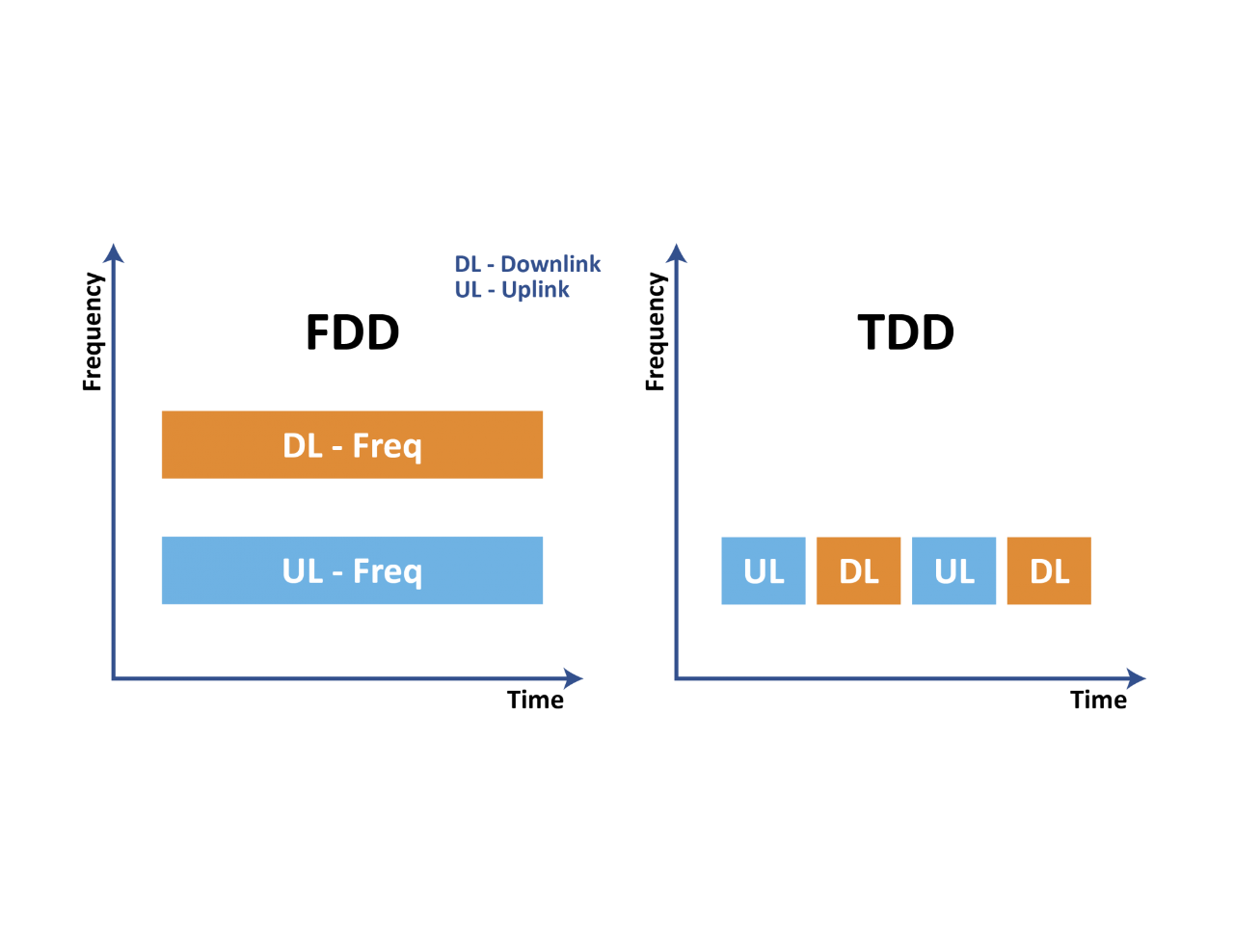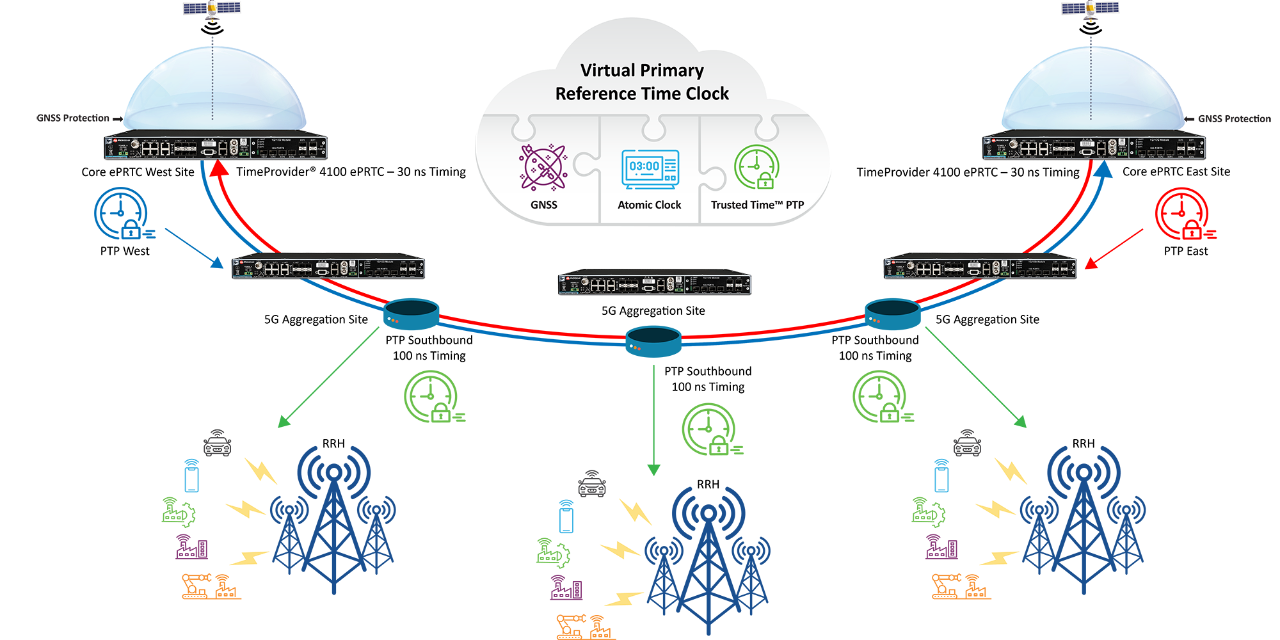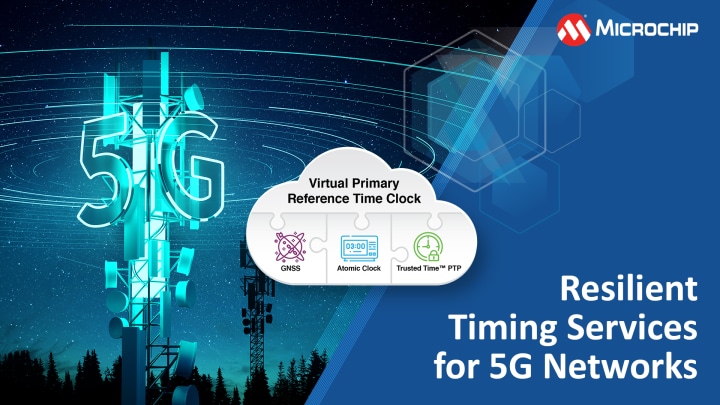5G Services and Sync Importance White Paper
This white paper highlights the impact of timing on 5G applications and the technical and financial drivers associated with network-based timing services using PTP. If you are looking for help articulating technical or business cases relative to 5G timing use cases and architectures, please download the paper.

5G communications networks rely on high-precision source clocks that lock to the Global Navigation Satellite System (GNSS). If the GNSS timing reference is lost or impaired, calls will drop and data services will dramatically slow down or stop altogether. Highly dense 5G architectures often require a 10× increase in the number of nodes and GNSS traceable source clocks, but ideally, operators could avoid the expense and security exposure of installing GNSS receivers in every clock node.
The virtual Primary Reference Time Clock (vPRTC) timing architecture uses a secure fiber network to provide bi-directional east and west timing flows to local source clocks in aggregation sites with 100 ns of accuracy. The protected PTP southbound timing flow is then sent to the 5G Remote Radio Heads (RRHs). A key benefit of this architecture is that the GNSS receivers are only required in the core enhanced Primary Reference Timing Clock (ePRTC) sites where they can be protected and monitored to shield the network from the risk of GNSS jamming or spoofing threats.
 Bi-directional timing flows from protected ePRTC sites provide a resilient timing architecture without the need for GNSS source clocks at every node.
Bi-directional timing flows from protected ePRTC sites provide a resilient timing architecture without the need for GNSS source clocks at every node.
To support secure 5G network communications, the vPRTC is a highly secure and resilient network-based timing architecture that blends our secure GNSS firewall technology, high-precision atomic system clocks and a portfolio of trusted time solutions to meet the expanding needs for 5G deployment.
The combination of GNSS visibility and the vPRTC architecture provides 5G operators with a dual-purpose solution for the use of Positioning, Navigation and Timing (PNT) services as delivered by GNSS. It provides situational awareness about the health of GNSS reception by monitoring and evaluating key GNSS observables in real time to determine if there is risk in the use of PNT delivered by GNSS. It also offers a layer of protection that enables more responsible use of PNT services, including greater resiliency if live-sky delivery of PNT by GNSS is disrupted, degraded, or worse, becomes unavailable. Like a network firewall, this solution creates a dome of protection that strengthens the overall use of PNT services by GNSS for critical 5G communication infrastructures.
Learn About 5G Timing Architectures
The virtual Primary Reference Time Clock is an innovative architecture that delivers precise timing for 5G networks with reduced reliance on Global Navigation Satellite System based timing signals.

Need Help?

Request a Quote
Contact our Client Success Team to get more information about our clock and timing products or to request a quote.

Find Local Sales and Support
We have an extensive network of highly trained clock and timing experts. Go to our listing to locate a sales and support representative in your country.

Access Our Support Portal
Visit our Frequency and Time Systems support portal to download technical documents and other resources, enter support tickets or open RMA service requests.